Last updated on April 1, 2024

Black Lotus (Vintage Masters) | Illustration by Chris Rahn
When it comes to collectible card games, MTG just might be the most renowned of them all. Millions of players around the world have found themselves playing it ever since its release in 1993.
And though WotC has been trying to find its place in digital gaming through MTG Arena, there are plenty of people who can't resist the allure of paper play. Today we’re going to steer away from the digital world and talk about something entirely different: the MTG reserved list.
If you want to collect Magic cards, you usually have to either trade with other players or scour the secondary market to get your hands on the cards you want. Sure, you can buy booster packs but that doesn’t work for two reasons; first, you have count on your luck to get the card you want, and second, it’s impossible to get booster packs for older sets and formats. What are you going to do when you want a card like Contract from Below? You hit the secondary markets.
The Reserved List, Put Simply
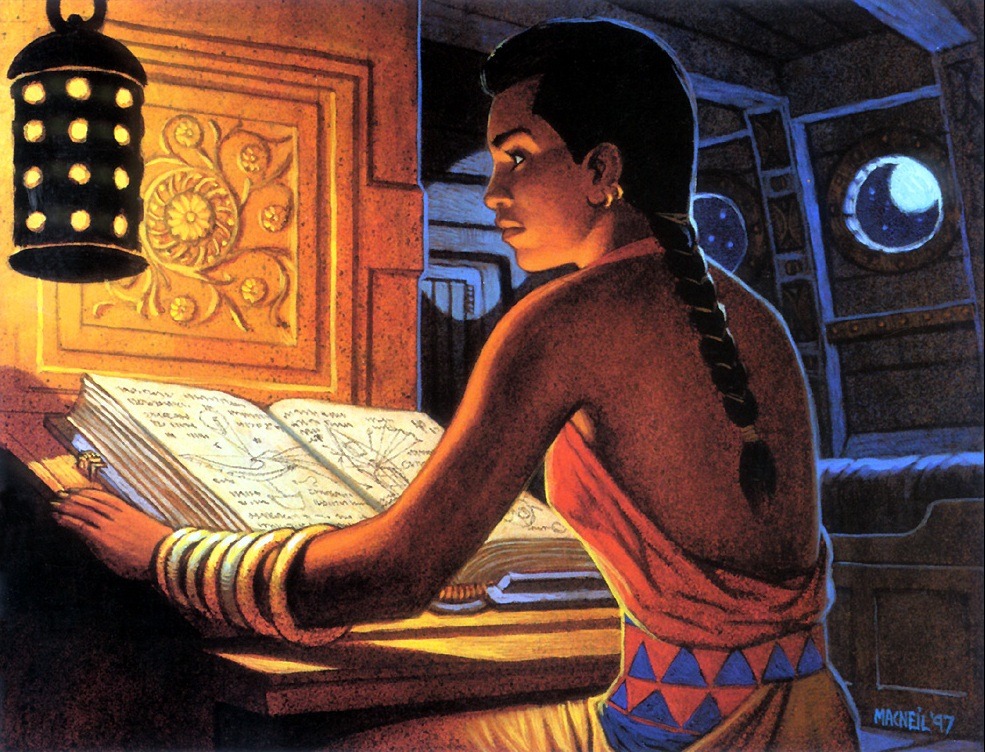
Ancestral Knowledge | Illustration by Colin Mc Neil
One of the reasons people collect cards is the feeling you get from having something rare. It’s like a primal instinct. “I have the special thing and you don’t.” There’s also the aspect of deck variety.
As new sets are released, people expand their collection and can come up with different combinations using cards from older and newer sets. So, if you want to get an older card that’s not being printed or widely circulated anymore, you’re going to have to buy it from or trade with collectors. This is particularly an issue for Vintage, Legacy, and Commander players.
The reserved list consists of 572 cards from earlier sets that will never, ever be officially reprinted by WotC. This might sound simple enough, but it has a complicated background and various effects on how the game is played today.
A Complete List of Reserved Cards
The History of the Reserved List
As usual with anything related to Magic, the reserved list has a history of controversy and complaints before WotC finally struck a compromise with its player base. But this wasn’t one of our usual struggles with Wizards. The matter of the reserved list almost destroyed the game before it could become the giant it is today.
How it All Started
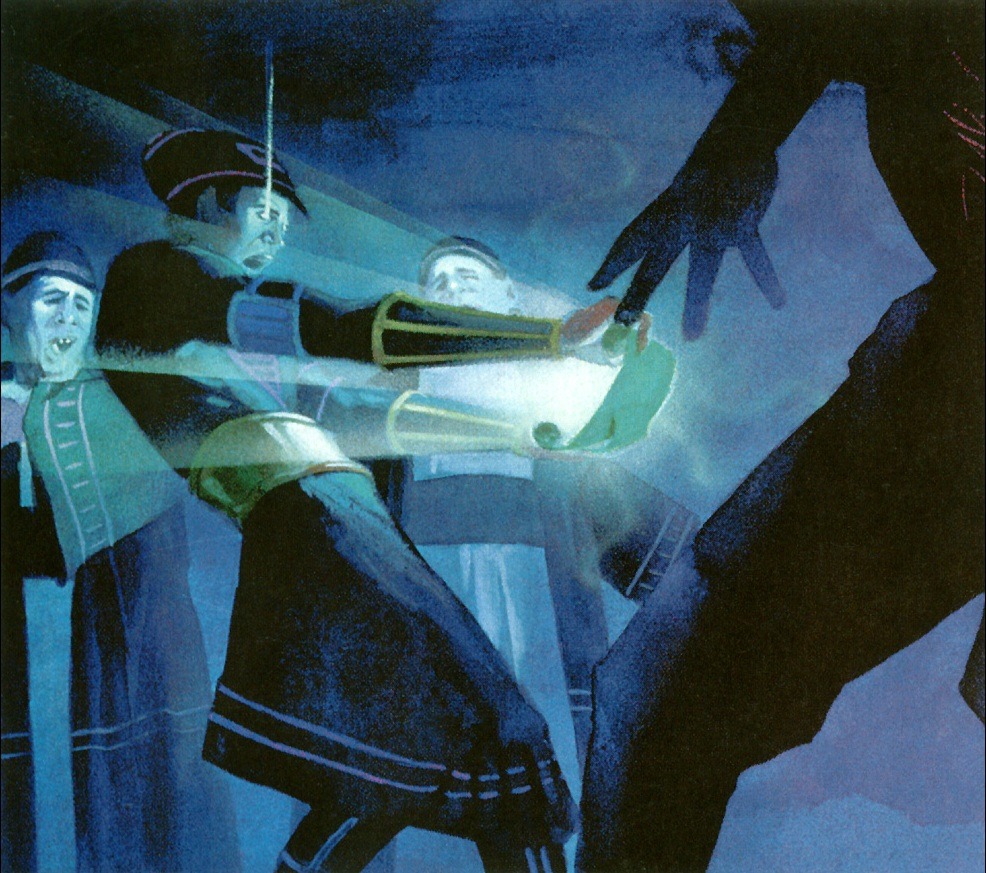
Cursed Scroll | Illustration by D. Alexander Gregory
As I said before, people want to have their expensive cards stay rare, but some are just too balanced or useful to be left in older sets. That’s why WotC occasionally reprints some cards from older sets and includes them in new releases—check out our Standard Rotation article for a quick definition on reprints if you’re not familiar.
Back in 1995, Wizards decided that some players were missing out on cards from older sets, so they released Fourth Edition and another expansion, Chronicles. But little did they know that releasing these would cause uproar.
Chronicles, which was the first compilation set ever released for MTG, almost made some players quit the game altogether. Being a compilation set meant that it included no new cards and instead was made up entirely of cards from previous sets.
In this case, that meant the Arabian Nights, Antiquities, Legends, and The Dark expansions. Since these sets were printed in small numbers, players had been able to boast about their collection, and it really was impressive if you managed to get a hold of a decent chunk of these sets.
But soon after Chronicles was released, the market was full of reprinted cards and their value subsequently plummeted. WotC released too many—no, seriously, too many—cards in a short period of time. At this point, they realized that they needed to keep their cards’ value high or people wouldn’t collect them at all. This brought them to what ended up being their solution for the whole debacle: the reserved list.
The first list included:
- All cards from Alpha and Beta that weren’t reprinted in Fourth Edition or Ice Age, including the iconic Power 9
- All uncommon and rare cards from Arabian Nights and Antiquities that hadn’t been reprinted with a white border (i.e., that weren’t reprinted in Revised, Fourth Edition, or Chronicles)
- All rare cards from Legends and The Dark that hadn’t been reprinted with a white border
Afterwards, more and more cards were added to the reserved list until Mercadian Masques was released in 1999. This was the first set that wasn’t protected by Wizards’ “reprint policy” and in 2002, they announced the following changes to the reserved list/reprint policy:
- Rares from Ice Age along with select rares from Tempest, Stronghold, Exodus, Urza's Saga, Urza's Legacy, and Urza's Destiny were added to the reserved list
- No cards from Mercadian Masques or any future sets would be added to the reserved list
- Common and uncommon cards from Limited Edition were removed from the reserved list
- Non-English cards were no longer exceptions to the policy
The 2010 Revision
However, before 2010, reserved cards could be reprinted as premium-exclusive cards. This policy was applied to Duel Decks: Phyrexia vs. The Coalition and From the Vault: Relics but was very much not welcomed by players. Many people saw this as WotC going back on its promise through a loophole.
Inevitably they were forced to revise their policy. They announced this revision in March of 2010 stating that no cards on the reserved list would be have tournament-legal reprints in either premium or non-premium form starting in 2011.
Why Not Just Get Rid of It?
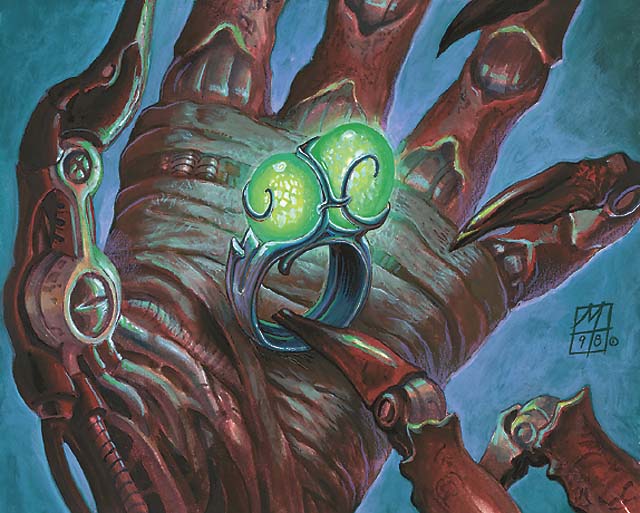
Ring of Gix | Illustration by Mark Tedin
So, the reserved list is a relic from the old days of Magic. It doesn’t concern any new set releases at all, so why do we still have it? Well, there’s a couple of reasons.
Players and Collectors
First, you need to look at the logistics behind paper play. There is a significant player-based economy behind MTG. Players have collected cards for decades, and any reprint would decrease these cards’ scarcity and, consequently, lower their price. Although you could argue that there’d still be collectors who are going to pay for vintage cards, it’s realistically safe to say that there would be a sharp loss of value and a decline in MTG card collectors.
Let’s look at an example. Black Lotus is one of the earliest and most expensive—and arguably the most famous—cards in the game. It’s currently valued around $11,000 to $18,000 USD depending on its condition, so it’s only natural that anyone who owns a copy does not want a reprinted version of it. Some Alpha copies of the card were even sold for $87,672 and another was sold for $166,100 on eBay in February of 2019.
It’s also important to note that only 1,100 copies of Alpha Black Lotus were printed, so even if you take the absolute lowest price, it adds up to a total of $12,000,000 USD to buy every copy of this card that ever existed from its oldest set. And that’s only one card.
Now, it’s a bit old, but here’s a great video featuring Matt Sperling talking about the reserved list, his old article on the topic, and Steve Guillerm’s How to Dismantle the Reserved List article:
Although not all cards are valued at quite that much, it still shows that there is a player-based market involving hundreds of millions (according to reddit, almost 3 billion) dollars worth of cards. Suffice it to say, there’s plenty at stake here. Money makes the world go ‘round and all that.
This leads us to a related issue that could be another factor in WotC’s honoring of the list: potential legal battles.
The Legality of it All
Perhaps most importantly, abolishing the reserved list would probably lead to a lot of legal cases against WotC. This is kind of a complicated issue, so I’ll try to break it down into simpler terms.
There is a legal phrase called “promissory estoppel”, which essentially means that if your promise has serious repercussions for the other party and by not keeping it you caused some sort of harm (financial, in this case—spoiler alert), you’re liable for that harm and can be prosecuted.
In WotC’s case, they made an official statement that there would be no reprints of the cards on the reserved list. Therefore, people made investments in these cards because they relied on Wizards to keep their promise and essentially maintain the cards’ value by doing so.
If WotC abolishes the reserved list and reprints the cards on it, they could lose their value and the collectors who had invested in the cards would no doubt see their collection lessen in value. Therefore, Wizards would be responsible for their losses. However, this is just speculation because there are lots of experts who say reprinting these cards would still not affect their prices all that much (at least for the original version from older sets, that is).
Compared to its early days, Magic has a lot more players and they also prints a lot more cards. Newer players can’t really get into Legacy and Vintage formats because they can’t afford to get most of the cards on the reserved list. Unless they have thousands upon thousands of dollars to throw at Magic, that is.
If the list is removed and reprints of these cards become available, however, more and more people would be interested in these formats. So, except for some overpriced cards—there, I said it, hate me collectors—prices wouldn’t be affected that much because demand would increase with supply.
These two sides of the argument have been clashing non-stop for a long time now. But I can confidently say that there would almost definitely be some people who would at least try to sue WotC the moment the reserved list got abolished.
Want Reserved List Cards? Use Proxies…
OK, no you shouldn't use proxies in tournaments nor with play groups that don't allow them. However, if WotC isn't ever going to reprint these cards, nor will the prices ever go down, I think it's completely fine to just buy proxies to use casually.
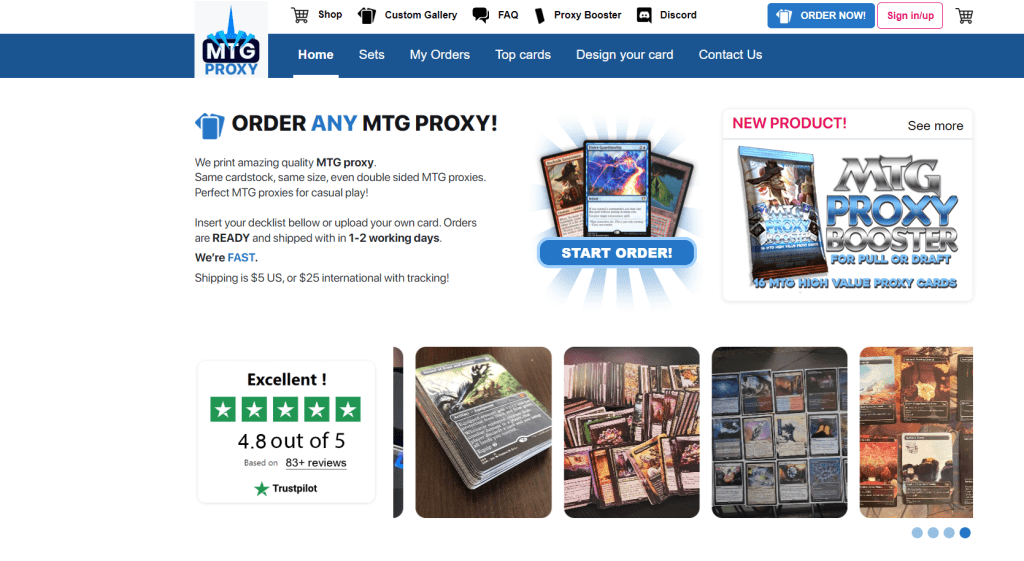
You can use a site like MTGProxy to get Reserved List cards for like $2 each. If you're just getting them for Cube or Commander, it seems like a no-brainer.
All the Dirty Little Details
Can Wizards Go Around the Reserved List?
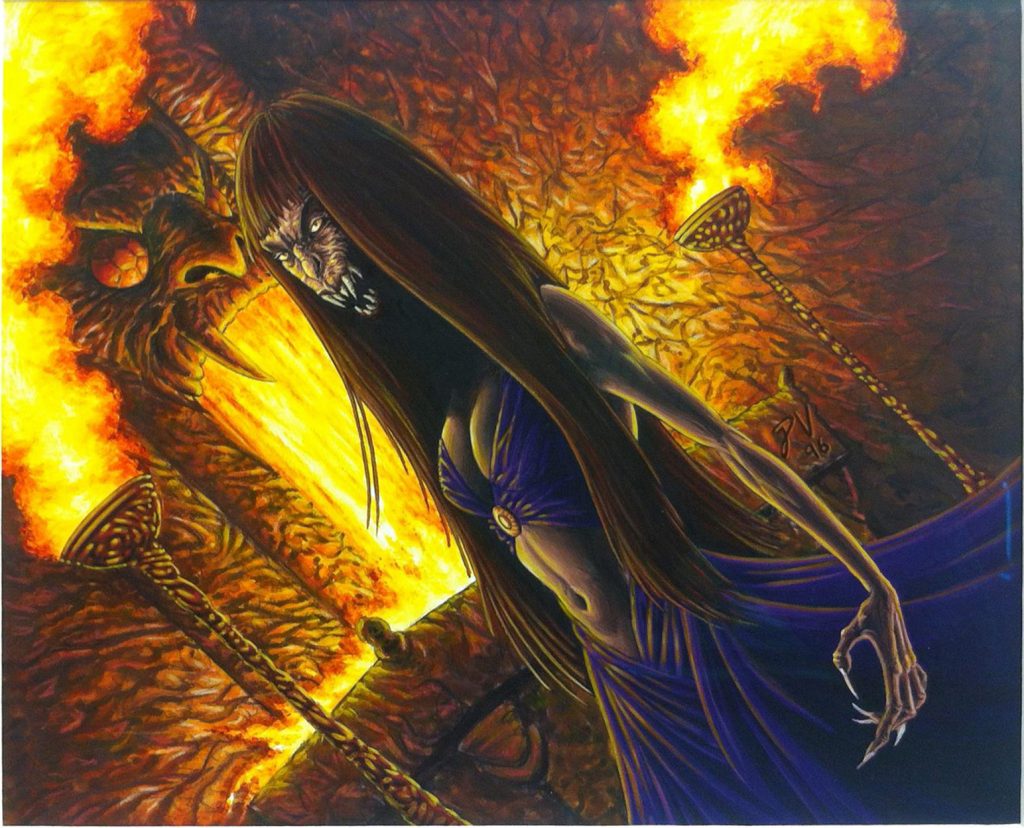
Shauku, Endbringer | Illustration by Pete Venters
As of now, WotC’s reserved list policy is simple:
Reserved cards will never be printed again in a functionally identical form. A card is considered functionally identical to another card if it has the same card type, subtypes, abilities, mana cost, power, and toughness. No cards will be added to the reserved list in the future. No cards from the Mercadian Masques set and later sets will be reserved. In consideration of past commitments, however, no cards will be removed from this list. The exclusion of any particular card from the reserved list doesn't indicate that there are any plans to reprint that card.
Are there any ways WotC could go around it? It depends on your viewpoint. They could “reprint” these cards by creating similar but worse cards by slightly changing their mana cost, damage, or type, but that’s not the issue.
Those cards are still being used in Legacy formats and people want to have those exact cards in a reprinted set, not bad doppelgangers. You also can’t make slightly better cards since that would harm the game balance, considering most cards in the reserved list are already pretty powerful. The dual lands are a great example of this.
How the Reserved List Affects Game Formats
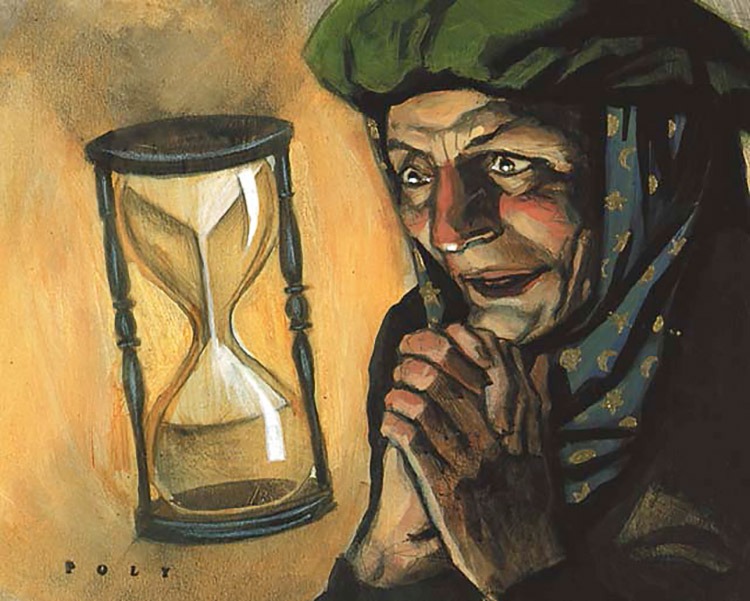
Sands of Time | Illustration by Paul Lee
There are only a couple of game formats that are affected by the reserved list: Legacy, Vintage, and EDH/Commander. These formats have access to almost all cards from Magic’s history, so players who are interested in playing need to have pretty big collections to get involved.
Since there are tons of different sets that can be combined, you should be able to respond to different broken plays from different sets if you want to win. This makes these formats very difficult to begin at all. Even if there was no reserved list, collecting cards from all around MTG’s history would be a financial burden.
But the reserved list turns this into an absolute nightmare. How can you build a solid deck when individual cards from the reserved list cost hundreds—if not thousands—of dollars?
There’s also the Old School (93-94 Magic) format, which allows only sets that were released from 1993 to 1994. This list includes: Alpha, Beta, Unlimited, Collector’s Edition (CE), International Collector’s Edition (IE), Arabian Nights, Antiquities, Revised, Legends, The Dark and Fallen Empires. Since this format includes cards from the very first days of MTG, prices have gone up as people’s demand for reserved cards increased.
Is the Reserved List Worth All the Fuss?
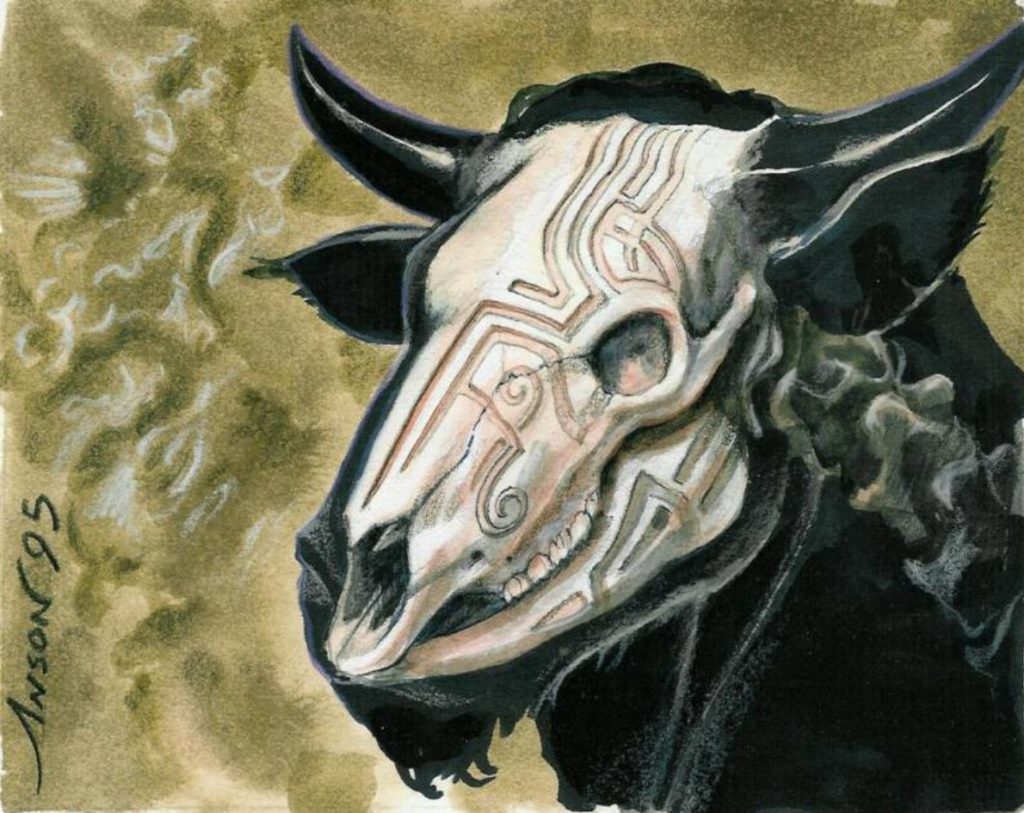
Anaba Ancestor | Illustration by Anson Maddocks
There are more than 20,000 cards in MTG. So, who cares if a measly 572 of them won’t be reprinted? Why do we care?
If you’re a casual player who isn’t interested in formats that use cards from the reserved list or amassing a crazy collection, there’s honestly no reason for you to care. After all, no cards from new sets will be included in the list, so there’s pretty much no way that this would affect you in any way.
Even if you’re competitive, most tournaments use Standard- or Modern-legal sets, so you’ll be fine playing without worrying about the reserved list. But this doesn’t change the fact that most players are missing out on playing older sets.
Really the reason behind all of this is that some players—and sometimes not even players, but collector and investors—want to keep the value of their cards. Sure, I can understand not wanting to lose any money, but thousands of dollars for a card is kind of absurd. However, as it is with most cases concerning money, it’s unlikely that people will just give in and allow their investment to dry up.
The moment WotC announces even an inkling of an intention of removing the reserved list, there will almost definitely be collectors suing the company. So, at least for now, Legacy and Vintage formats will remain as a playground for the wealthy players.
But there’s also some hope. Since the reprint policy only applies to paper, there’s no reason for WotC not to introduce these cards to MTG Online or Arena—in fact, MTGO already has plenty of the cards in the reserved list; all cards from core sets after Seventh Edition and expansions after Alliances are fully featured in Online. So for the time being, you'll have to be content playing with these overpowered cards digitally.
After all, we already saw Black Lotus on Arena for a brief moment during a special event!
Note: this post contains affiliate links. If you use these links to make a purchase, you’ll help Draftsim continue to provide awesome free articles and apps.
Follow Draftsim for awesome articles and set updates: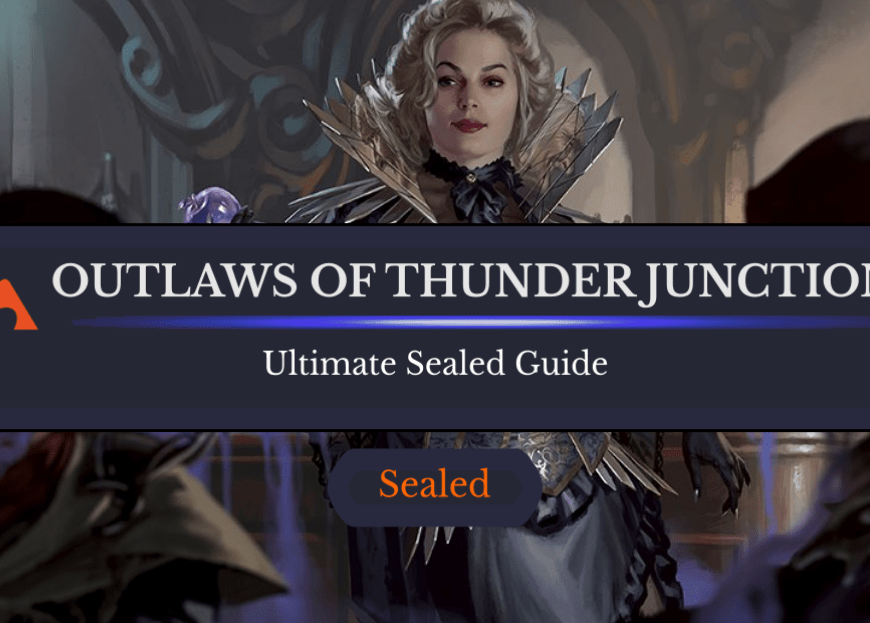
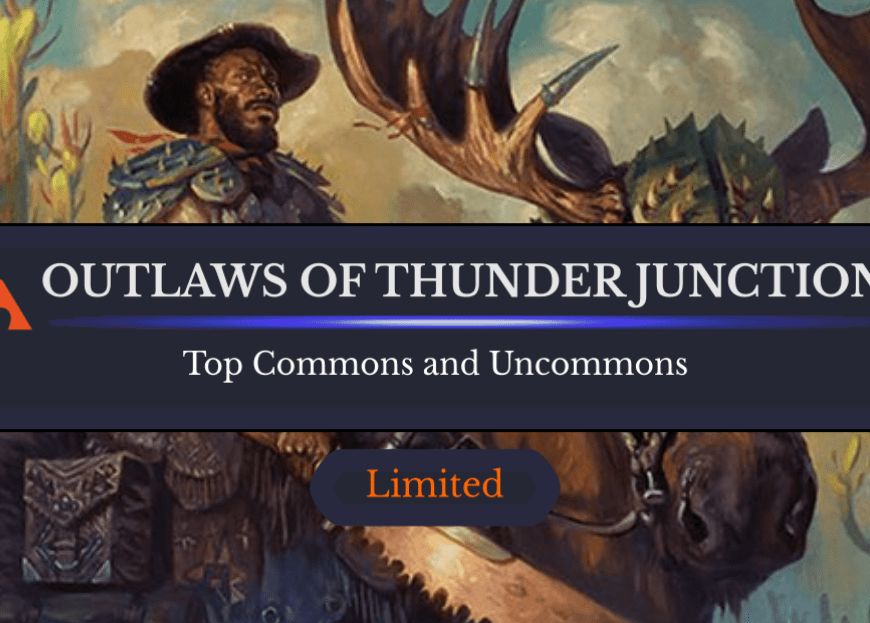
Add Comment